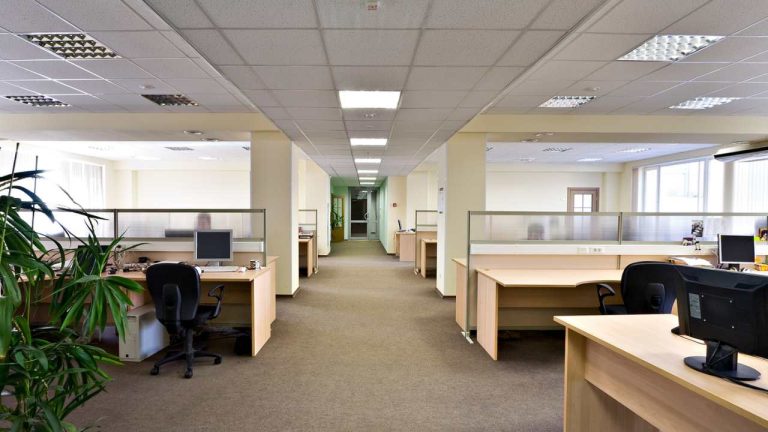Retail Shopping Center Leasing Tips
Every quality retail shopping center should have a well-defined leasing strategy and tenant mix plan. To do otherwise would be foolhardy. A retail property is a vibrant and dynamic property asset by lease type and occupancy demand. Incorrect choices or lack of the right market information in a retail shopping center will directly flow through to property performance and occupancy.
The work required to keep a shopping center operating at peak performance is intense. Good managers and leasing experts are required.
So let’s say there is a shopping center to be managed. The leasing strategies in the process are quite special. Here are some ideas to help you:
- Review all the leases so you know about critical dates in the case of each lease and its expiry, renewal, or market rent review. All of those dates can put pressure on property income. I prefer to track all of those dates a full 18 months in advance. In that way you are well prepared for the rental choices and lease alternatives with each tenant.
- Understand the variables of market rent and just how you can achieve that rental rate. There will be factors within net rent, gross rent, incentives, permitted use, and occupancy conditions to be considered.
- Check out competing properties to see what factors of attraction they may place on the rentals and vacancy factors in the property market. Do those competing properties have a great drawing power on your tenants and why is that so? Look for the threats that those properties pose to ongoing leasing and rental activity locally.
- From the previous point it is also essential to understand the upcoming property developments and how they will detract or enhance the profiles of local retail shopping. The larger regional shopping centers have a massive drawing power that can impact retail shop trade for many miles or kilometres.
- As a property ages it is wise to consider the factors of renovation and relocation in any lease or vacancy event. Most retail leases should have special terms and conditions inserted to impose strategies of renovation on the tenant (in the case of a longer lease), and relocation if property configuration or common area upgrades are required.
- Relocation clauses in leases are also very useful when it comes to changing the tenant mix and the clusters of tenants in parts of the property. Each year the business plan for the property can take into account the changes to occupancy, lease expiry, and upcoming vacancy. The relocation clauses then allow tenant movement to optimise future sales and tenant placement.
So these factors are to be considered in shopping center performance. Many other things can then be added to the list. The leasing of the property and the handling of vacancies will become a logical process based on a plan of approach and property market evidence.





